Midwives with Emergency Training Save Lives in Tanzania
by Maryjane Lacoste
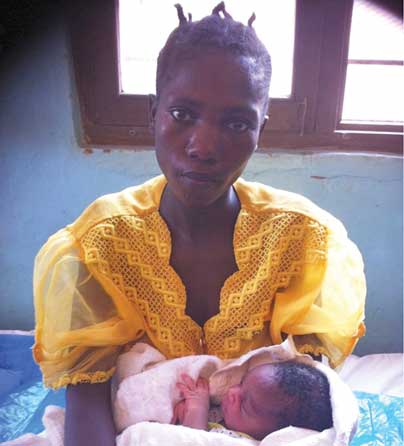
When Ashura Baraka, 25, gave birth to her fourth child, Upendo, she retained the placenta, putting
her at risk for hemorrhage and infection. Thanks to their training in emergency obstetric care, the
nurse-midwives at Tanzania’s Wampembe Health Center were able to help.
For a pregnant woman with labor complications, Tanzania’s Wampembe Health Center is on the edge of nowhere. The nearest health center that can handle an obstetric emergency is a six-hour boat ride away, and getting to the district hospital takes four hours by car on 60 miles of rutted, stony dirt road. If a woman’s family doesn’t own any means of transport, she’ll have to take the lorry to town—it travels twice a week and it takes longer than four hours to get there.
With advanced facilities located so far away, strengthening emergency obstetric and newborn care in remote health facilities is vital to reducing maternal and newborn deaths. Ashura Baraka, 25, knows this first-hand.
During a field visit to the Wampembe Health Center in late fall, I saw Baraka resting comfortably, her newborn daughter in her arms. She had given birth to baby Upendo, her fourth child, the night before. The delivery was seemingly uneventful; the new mother received a shot of oxytocin, a normal practice to prevent postpartum hemorrhage, the leading cause of maternal deaths worldwide. But soon after, Baraka began to bleed.
Nurse-midwife Adelina Kizzila discovered the mother had a retained placenta, and she shouted for help. Flora Mwananjela, the facility nurse-midwife in charge, came to Kizzila’s aid. She guided her step by step to manually remove the placenta, give the mother an additional oxytocin injection, and manage the bleeding.
Both healthcare providers had been trained in basic emergency obstetric and newborn care—a lifesaving service for maternal and newborn complications—through the Mothers and Infants, Safe, Healthy and Alive (MAISHA) Program, funded by the U.S. Agency for International Development and implemented by Jhpiego.
Nurse-midwife Mwananjela told me of the importance of the teamwork that she and Kizzila learned in their training. They learned to communicate during emergencies and help each other manage problems—which is exactly what they did that day in Wampembe. As a result, baby Upendo was healthy and going home with her mother.
Wampembe Health Center is one of 26 health facilities where Jhpiego is working with the Tanzanian Ministry of Health and Social Welfare to reduce maternal and newborn deaths. At Wampembe and three other health facilities, Jhpiego and partners will also provide staff with comprehensive emergency obstetric and newborn-care training, which includes surgical services, such as delivery by cesarean section, and blood transfusions.
While driving back to town on one of the toughest stretches of road I have ever traveled, I pulled out my cellphone to email our program staff in Dar es Salaam: “Good morning, everyone. Good news from Rukwa. You saved a mother’s life this week!”
Maryjane Lacoste, Jhpiego’s Country Director in Tanzania, has worked in global health for more than 20 years.
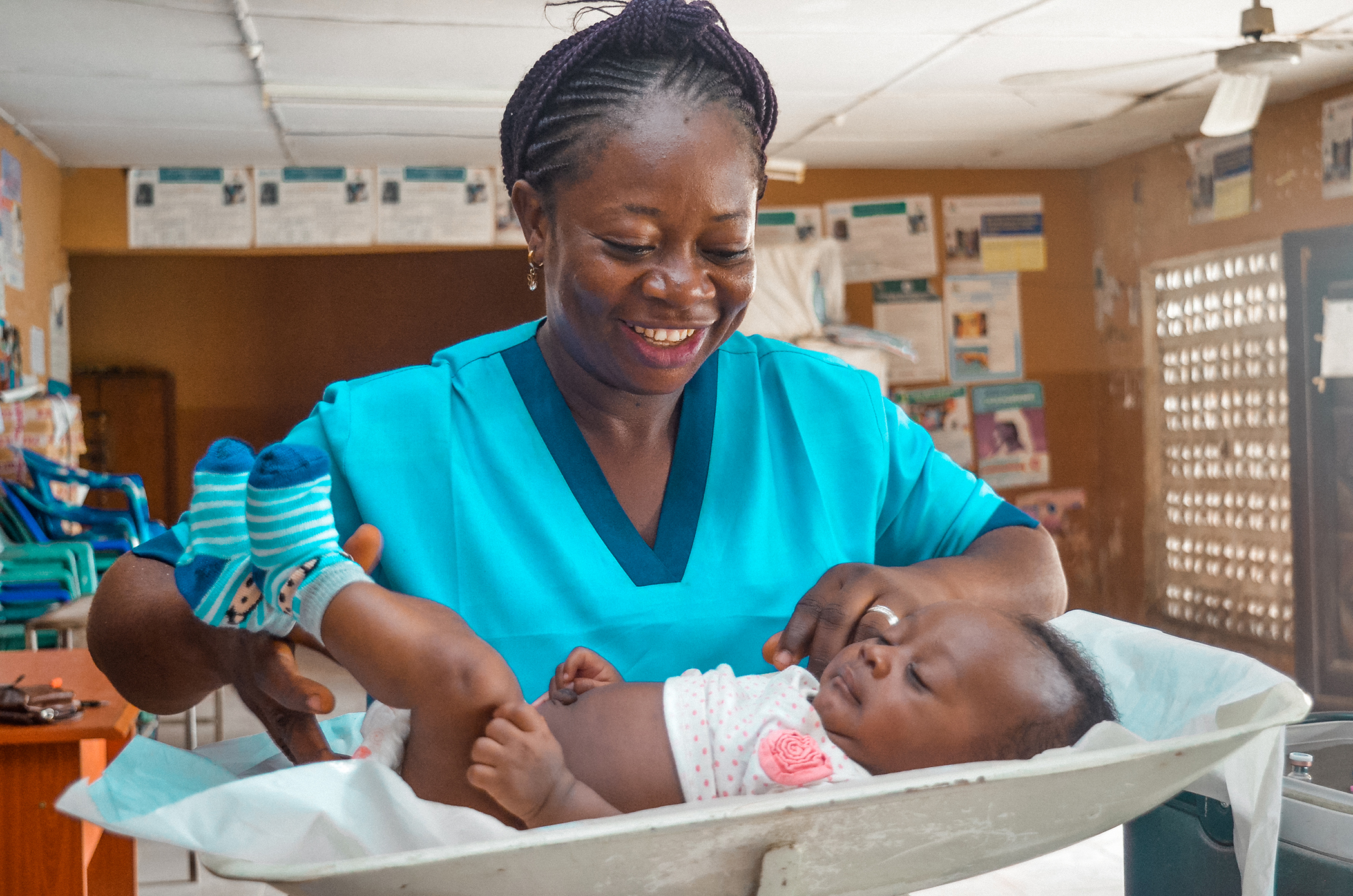 Nurse Edith Brings Primary Health Care to Everyone in Rural Nigeria
Nurse Edith Brings Primary Health Care to Everyone in Rural Nigeria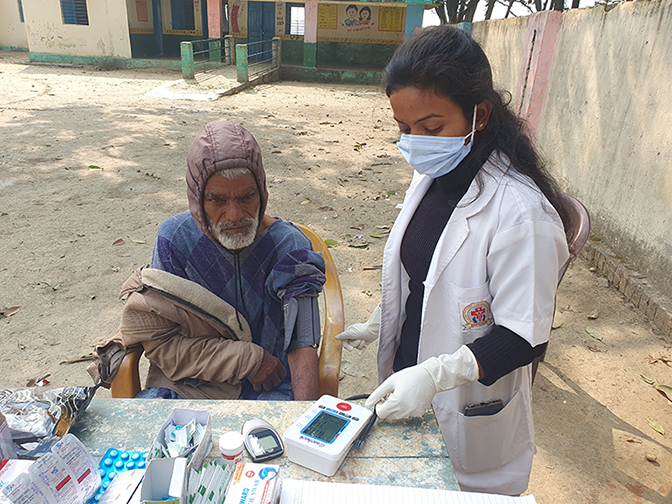 In India, Breast Health Via Wellness Centers
In India, Breast Health Via Wellness Centers 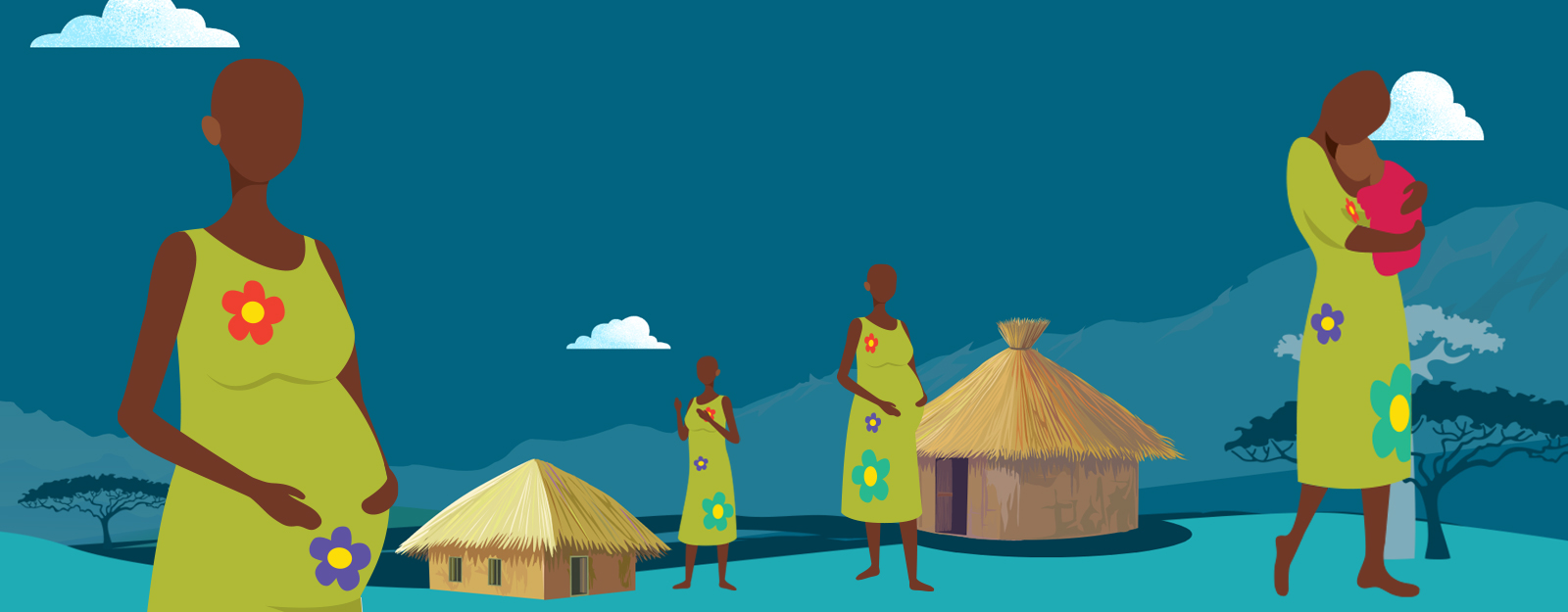 Sharing Real-World Maternal Trauma
Sharing Real-World Maternal Trauma 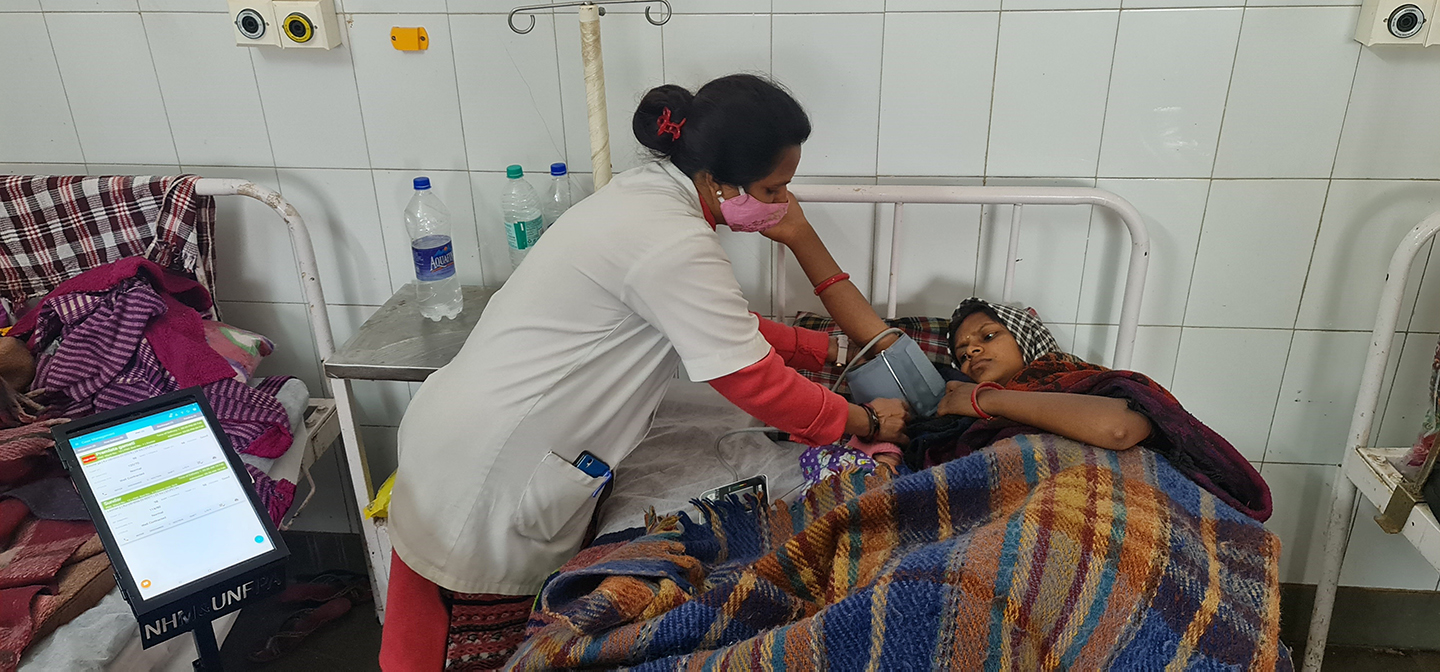 Butterfly Effect
Butterfly Effect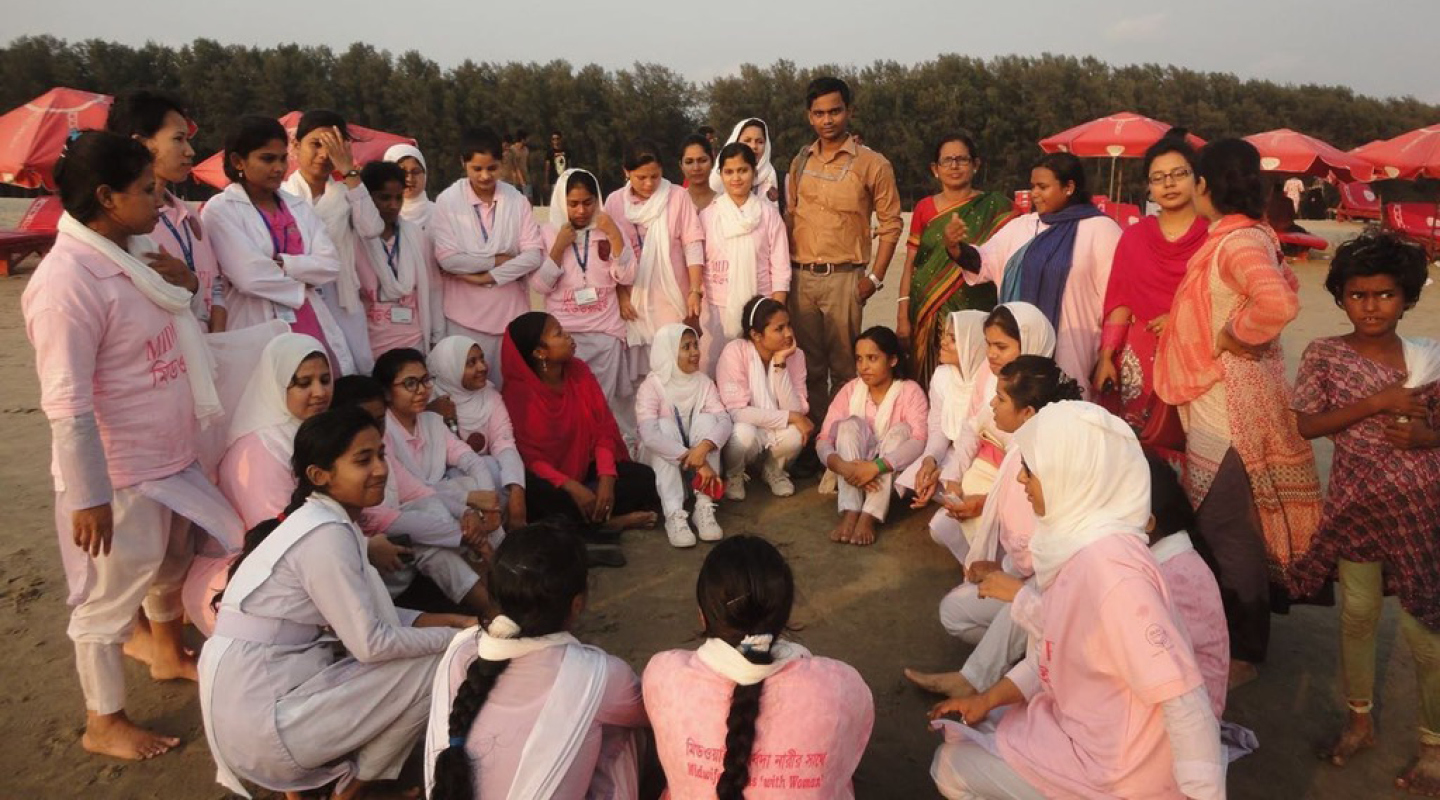 Position of Strength
Position of Strength







